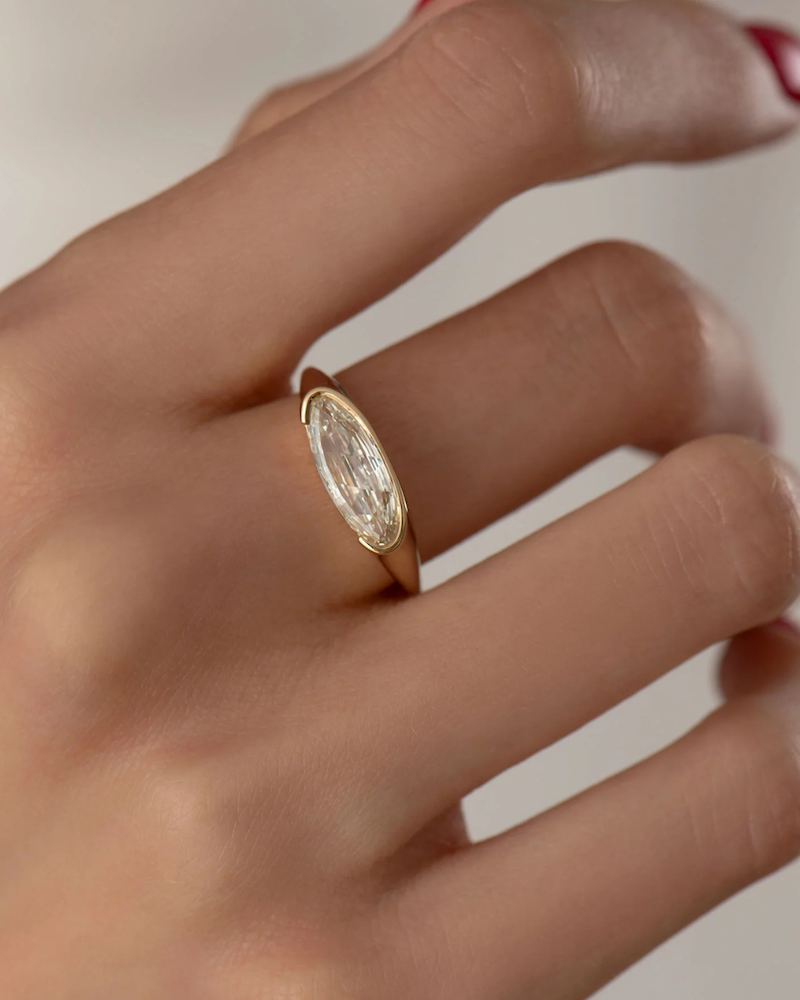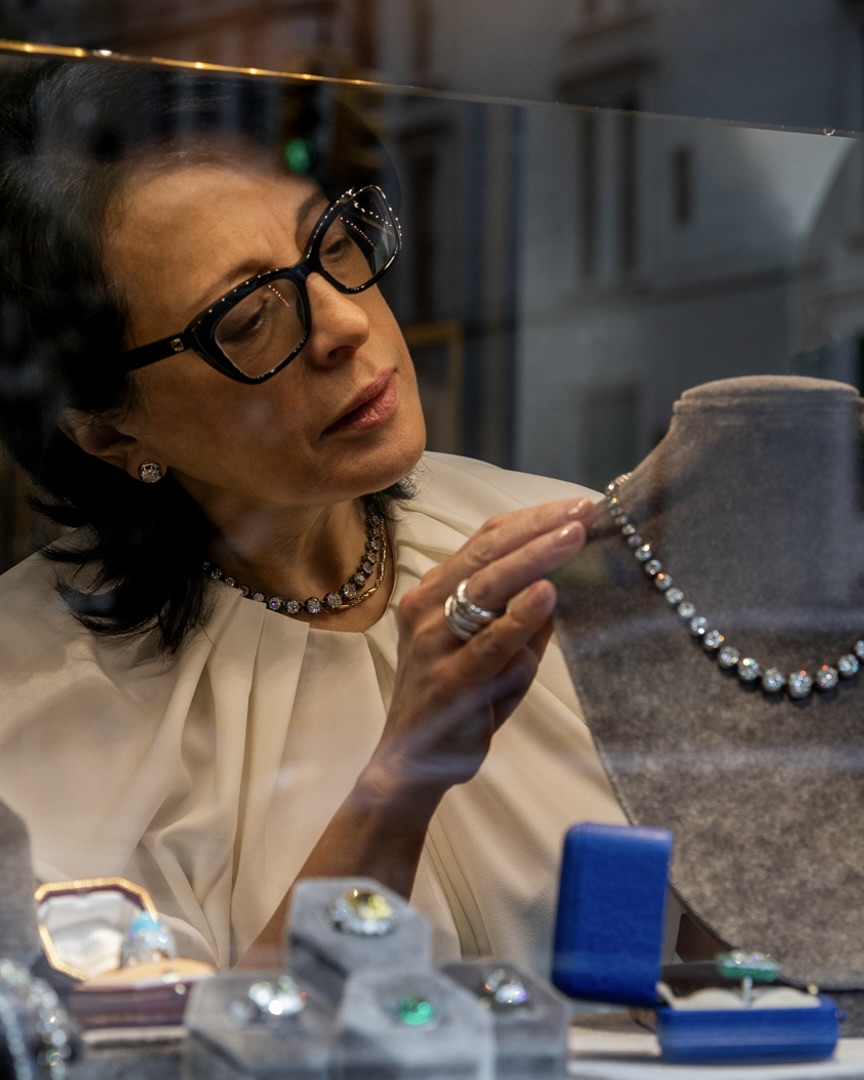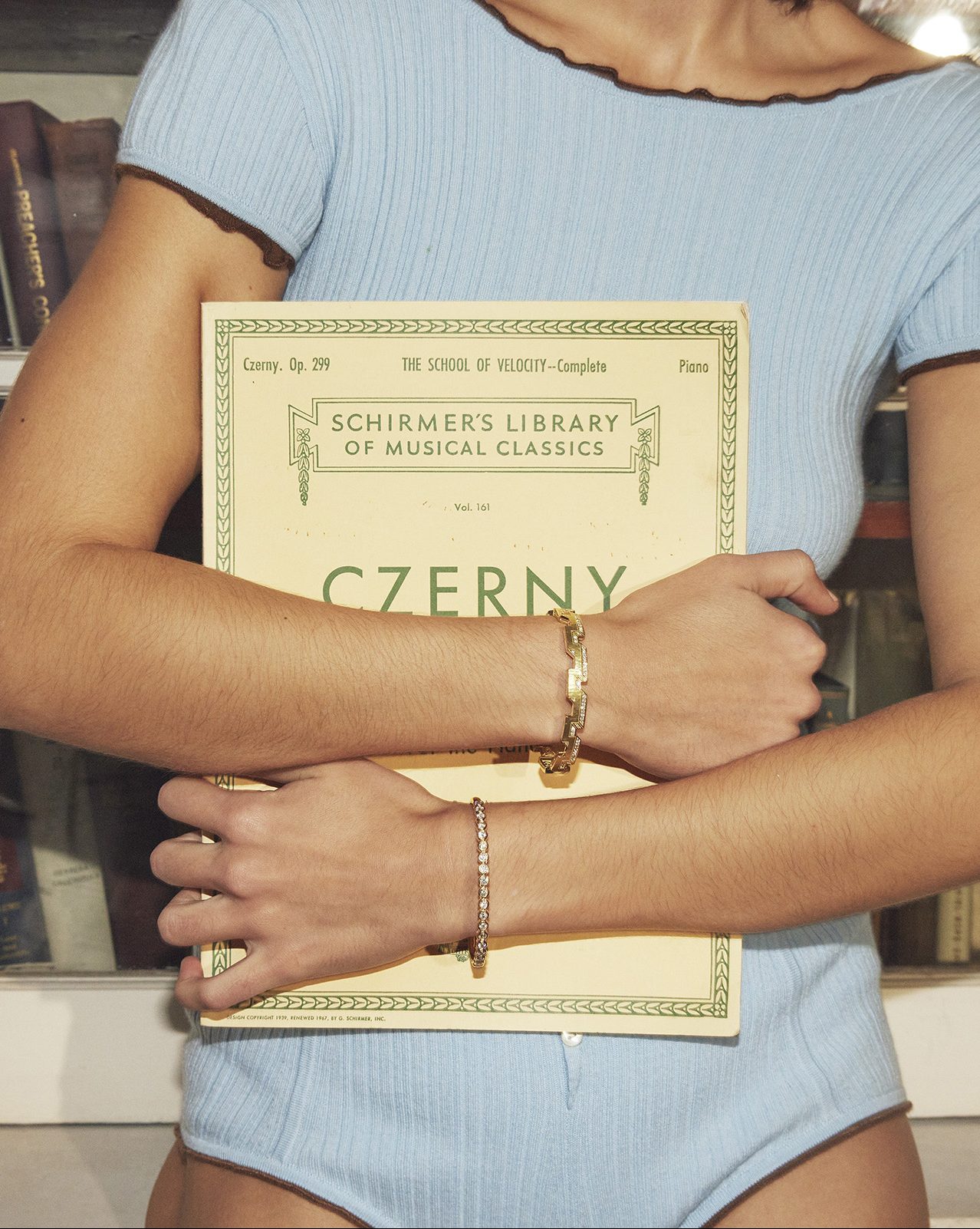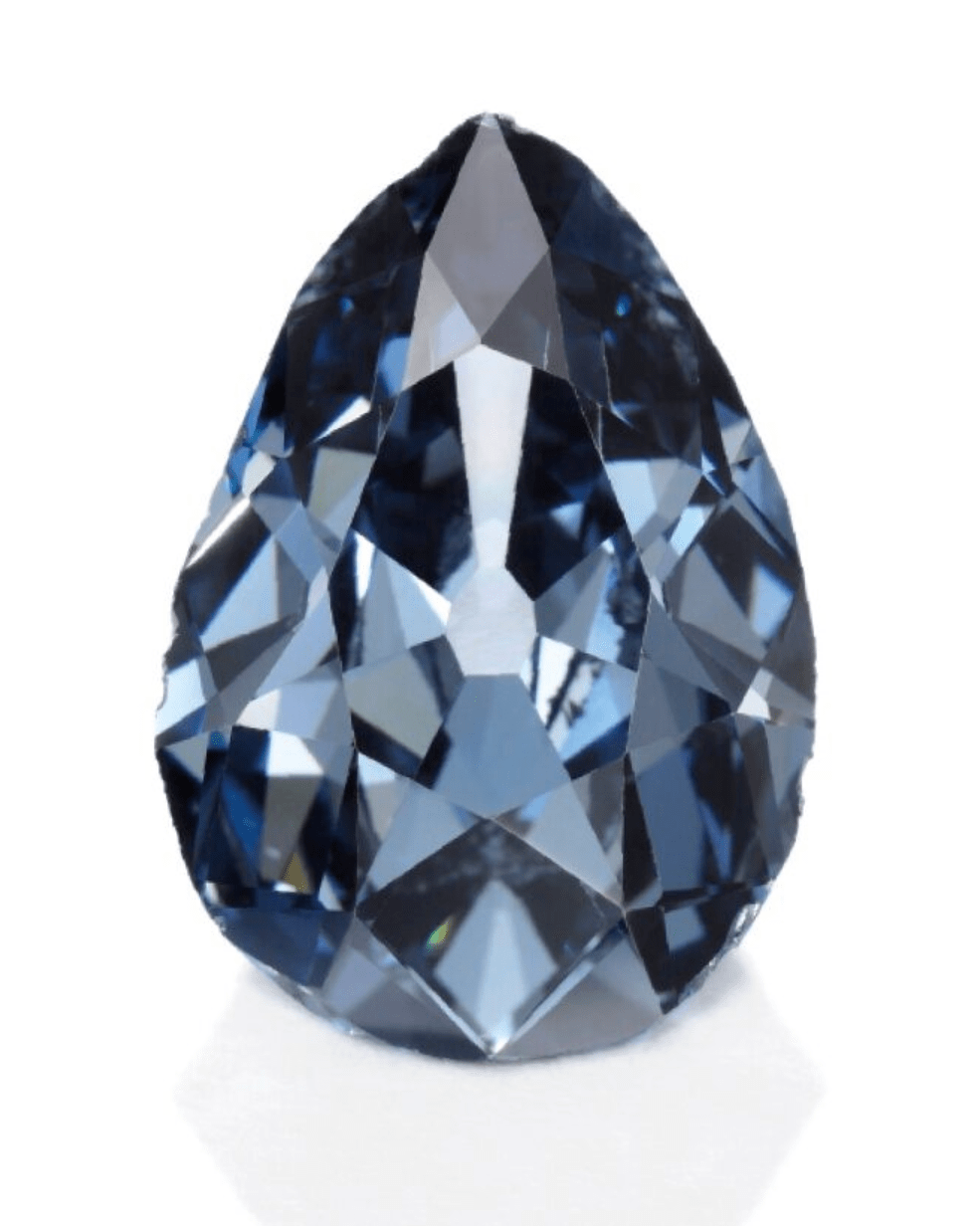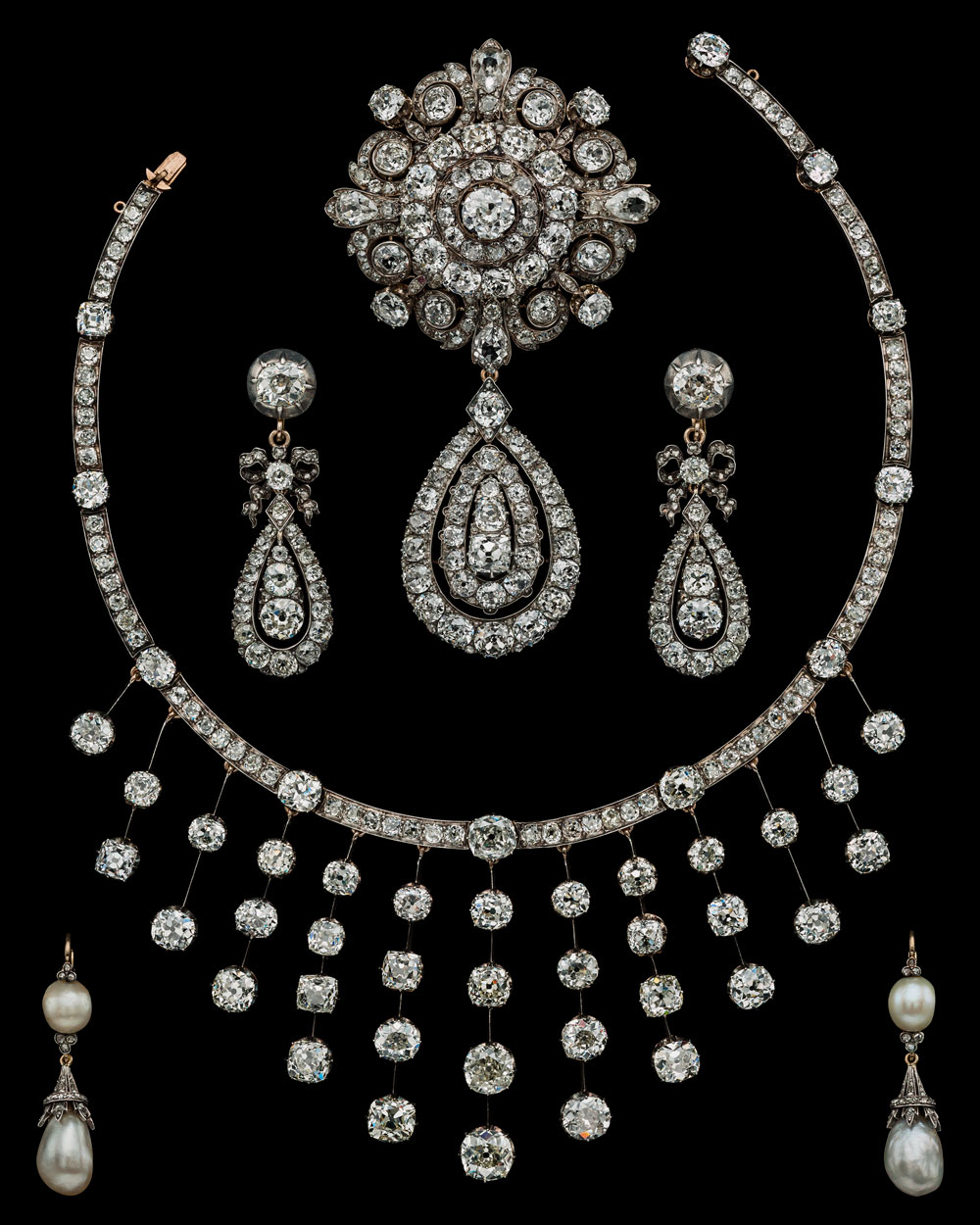Harry Winston: The Extraordinary Life of the King of Diamonds
From a pawnshop emerald to the Hope Diamond, Harry Winston rewrote the rules of jewelry and transformed himself into the “King of Diamonds.”
Updated: December 22, 2025
Written by: Grant Mobley
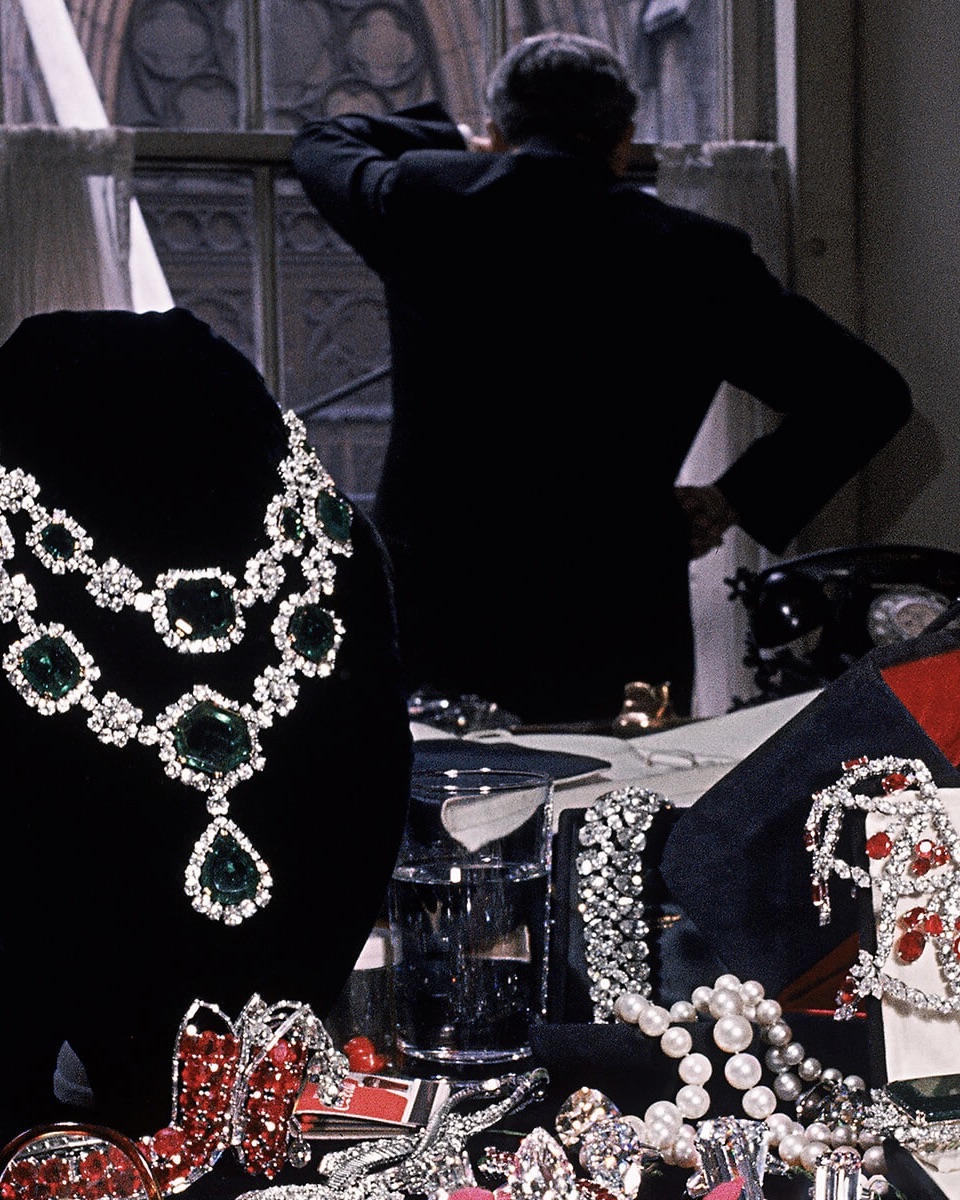
If there’s one name that is synonymous with the world’s most legendary diamonds, it’s Harry Winston. From Hollywood red carpets to royal collections, Winston didn’t just sell jewels; he shaped the way the world experiences them. But his story is more than just sparkle and glamour. It’s about audacity, ingenuity, and an uncanny instinct for spotting opportunity where others saw none.
This is the remarkable journey of a man who turned a pawnshop emerald into a global empire and earned the title the world still remembers him by: “The King of Diamonds.”
Meet the Expert

- Grant Mobley is the Jewelry & Watch Editor of Only Natural Diamonds.
- He is a GIA Diamonds Graduate.
- He has over 17 years of jewelry industry experience, starting with growing up in his family’s retail jewelry stores.
Harry Winston Had a Glittering Eye for Opportunity From a Young Age
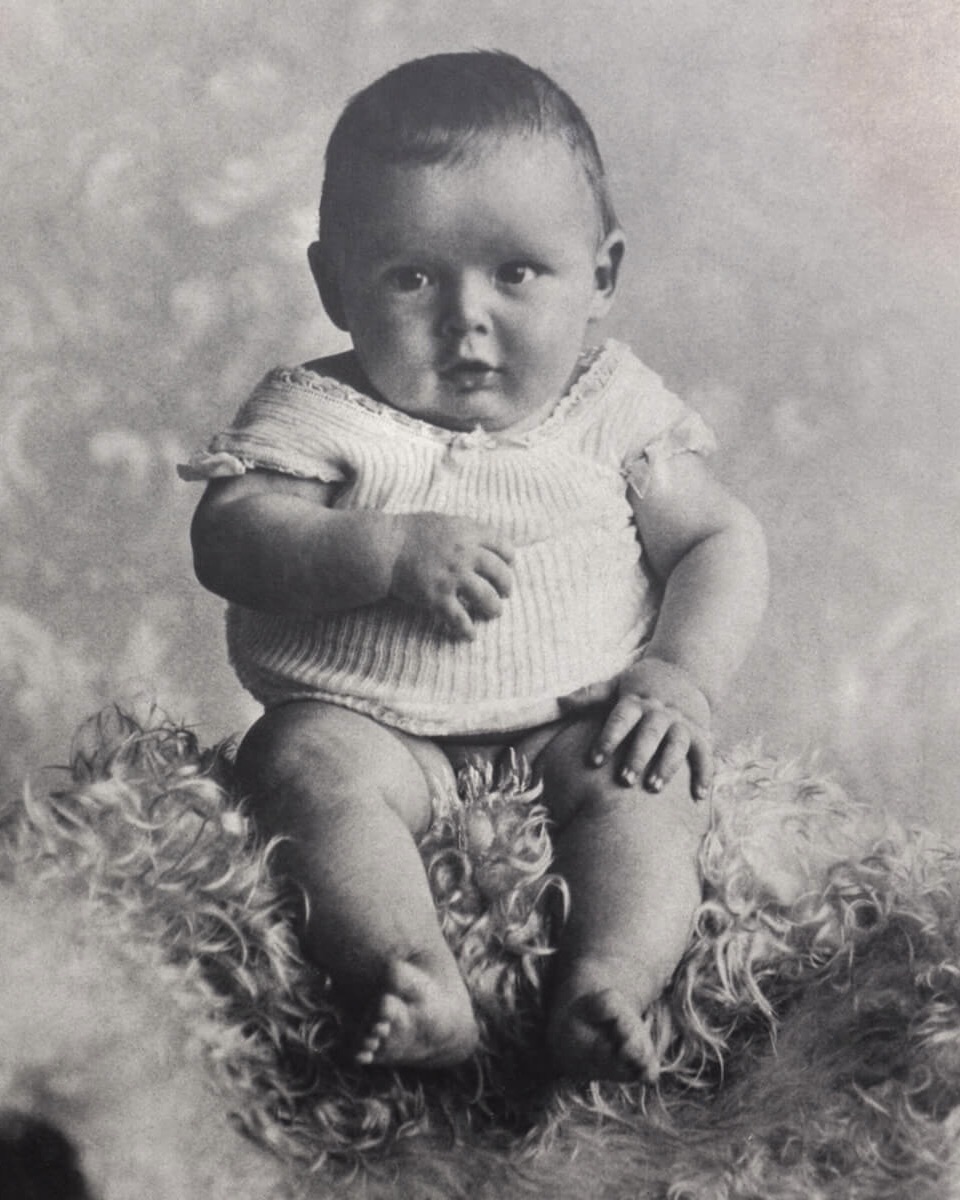
Born in 1896 on New York City’s West Side, Harry Winston grew up far from the glamorous salons his name would one day grace. The son of Jewish immigrants from Ukraine, he spent his childhood working in his father Jacob’s small jewelry shop, absorbing every detail of the trade.
At just 12 years old, Winston had his first brush with destiny. Wandering through a pawnshop, he spotted a small green stone tossed into a tray of costume jewelry. The shopkeeper dismissed it as glass, but Harry’s sharp eye told him otherwise. He bought the stone along with another one, so he didn’t arouse suspicion for a mere 25 cents.
Back at his father’s shop, Jacob nearly filed into the stone to “prove” it was worthless, but Harry stopped him just in time. The stone was no trinket; it was a natural emerald. Only two days later, young Winston sold it for $800, roughly $27,000 today.
That moment wasn’t just about profit; it confirmed something deeper. Winston had a natural gift for seeing value where others couldn’t. And he’d spend the rest of his life proving it.
California Hustle and a Return to Fifth Avenue
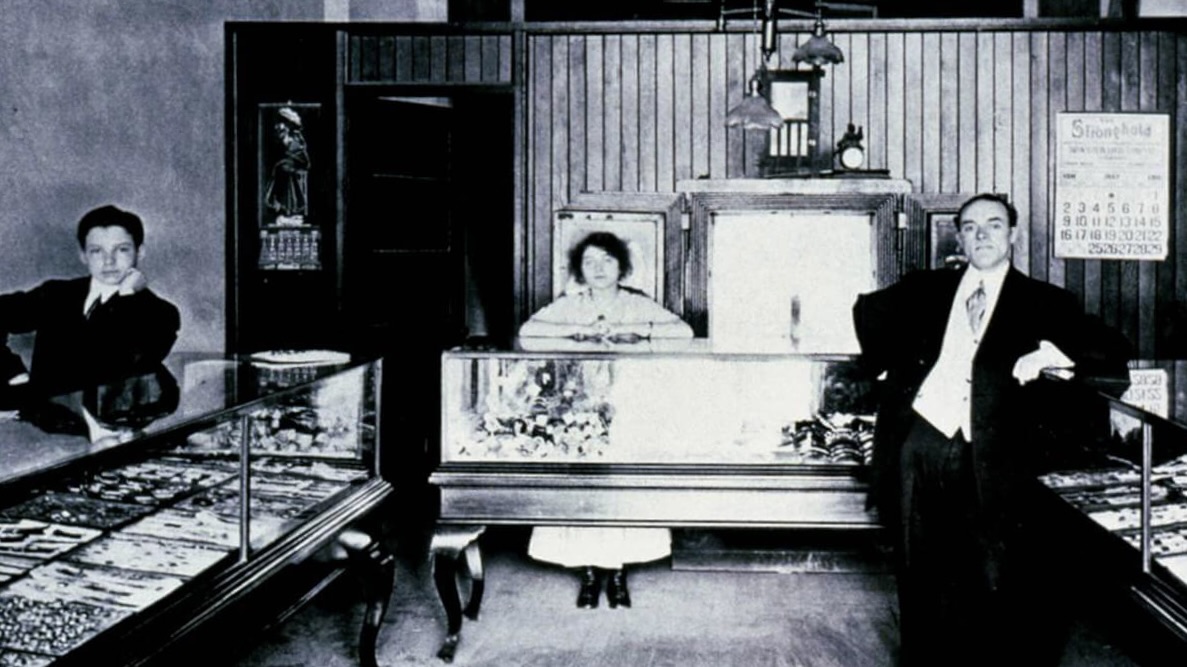
In 1909, the Winston family moved to Los Angeles for his father’s health, reopening their small jewelry store on Figueroa Street. There, the teenage Harry honed his instincts even further. He would carry his father’s wares from saloon to saloon, selling directly to oil prospectors flush with cash from new strikes.
By the time he returned to New York in 1920, Winston had developed a fearlessness and entrepreneurial drive that would serve him well. At just 24 years old, with $2,000 he saved from his time in California, he launched The Premier Diamond Company at 535 Fifth Avenue. It was a one-man operation in a tiny office, but Winston was determined to break into the competitive diamond trade.
He quickly realized, however, that competing head-on with established jewelry houses was a tough game. So, Winston set his sights elsewhere. He could use his keen eye to go around traditional gem sources and into the estate jewelry market. In this relatively untapped niche, he could buy, redesign, and resell vintage pieces for modern tastes, an idea nearly nonexistent at the time.
Harry Winston Enters the Estate Jewelry Gambit
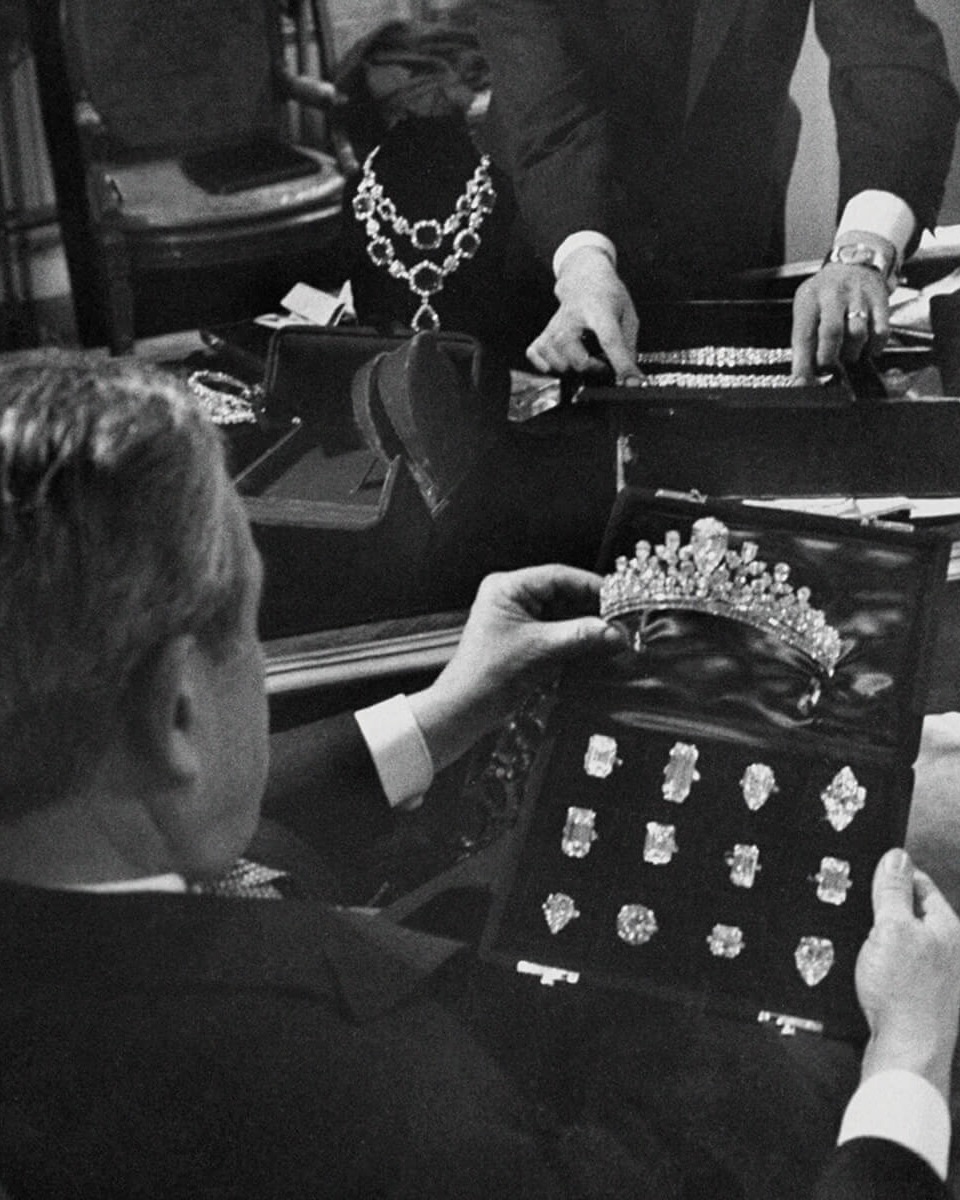
Estate jewelry, jewels once owned by the wealthy elite, was surprisingly overlooked in the 1920s. Families looking to liquidate their treasures often parted with them quietly, and at prices below the market value of new pieces.
Winston saw an opportunity. But there was one problem: buying entire estates required serious capital. At the time, Winston was a young upstart without deep pockets.
His Solution? Charm the Banks
Using the Social Register and Who’s Who, Winston identified the heirs, widows, and socialites most likely to part with their jewels. Then, he pitched banks on financing the acquisitions. At first, the bankers weren’t impressed. When young Winston arrived at his first loan meeting wearing his jaunty cap and standing just 5’1″ tall, they mistook him for a messenger boy and sent him away, offended that his “boss” didn’t come in person.
But Winston didn’t give up. He returned with a “white haired, distinguished older gentleman” to act as the boss while he quietly guided the deals. It worked. Soon, the bankers recognized his uncanny knowledge of diamonds and came to trust his judgment. With financing secured, Winston built the network that would begin to define his empire.
The Huntington Collection: A Defining Moment
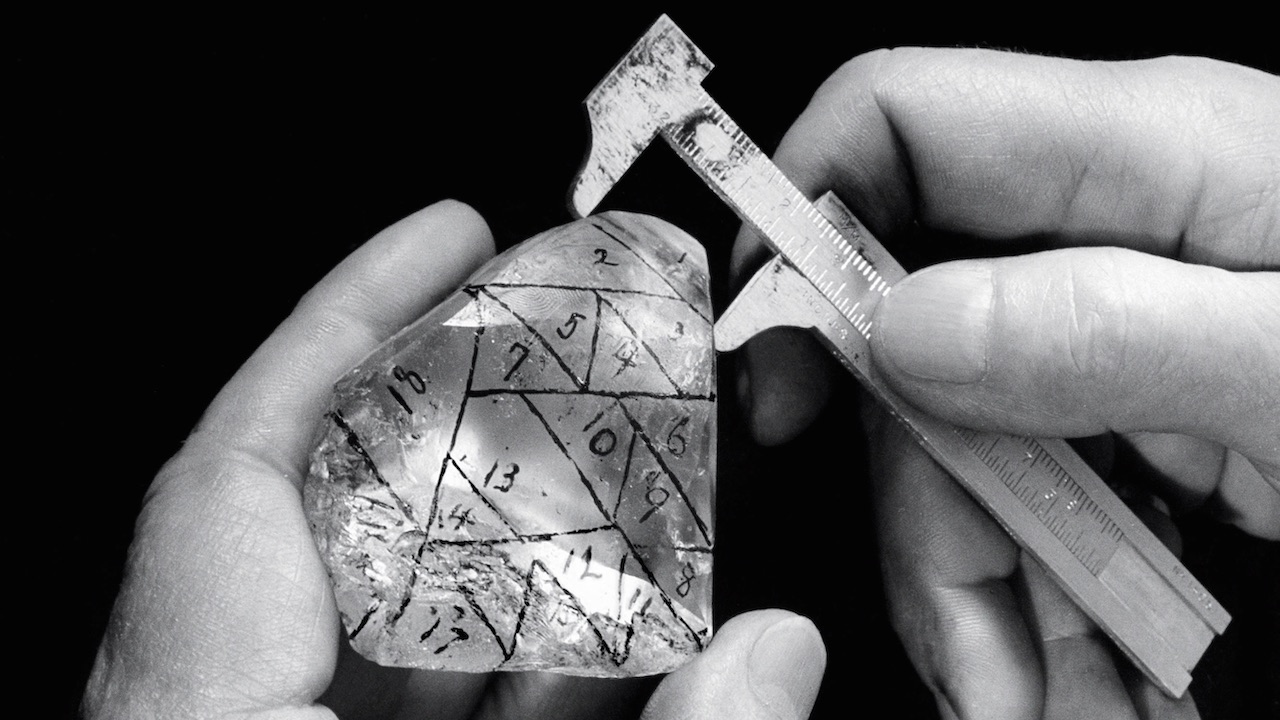
In 1926, Winston made the acquisition that put him on the map—the Arabella Huntington estate. Huntington, the widow of railroad magnate Henry E. Huntington, had amassed one of the world’s most prestigious jewelry collections, filled with pieces from Parisian houses like Cartier.
With the bank’s help, Winston purchased the collection for $1.2 million, an astonishing figure at the time. But he didn’t just buy the jewels; he reinvented them.
While others would have left the ornate designs untouched, Winston redesigned the pieces into modern masterpieces. It was the perfect expression of his philosophy: “The stones should dictate the design—not the other way around.”
The Huntington deal didn’t just bring Winston rare gems; it introduced him to the social elite, from heiresses to European royalty. It was the moment Harry Winston graduated from hustling to shaping jewelry history.
Diamonds, Love, and Style
Somewhere between negotiating with bankers and rewriting the rules of the jewelry business, Harry Winston found time for romance. On a train to Atlantic City in the late 1920s, he met Edna Fleischman, a stylish and elegant woman who would become his wife in 1933.
Edna’s influence extended far beyond their marriage. Her glamorous aesthetic helped define the Harry Winston brand, influencing advertising campaigns and inspiring the timeless elegance of his jewels.
Becoming Harry Winston, Inc.
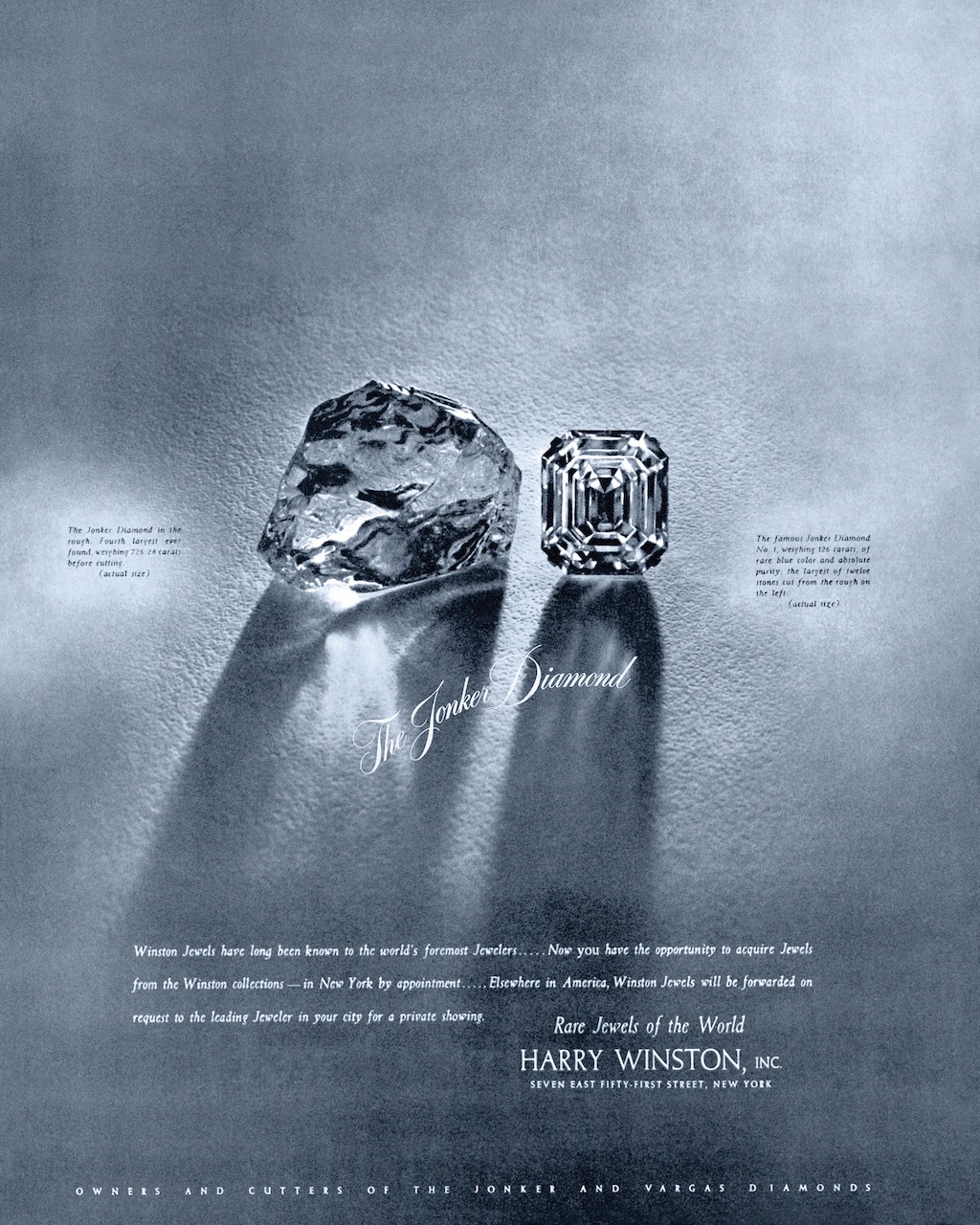
By 1932, Winston’s reputation had skyrocketed. He founded Harry Winston, Inc., opening his Fifth Avenue salon and formally transitioning from diamond dealer to full-fledged jeweler, selling his own designs.
It was here that Winston began acquiring some of the most significant diamonds and gems in history. In 1935, he bought the Jonker Diamond, a 726-carat rough diamond, one of the largest ever found. After some debate, he sent it from South Africa to New York via registered mail for just 64 cents. He famously exclaimed, “If you can’t trust the United States mail, who can you trust?” From the rough, he cut twelve magnificent gems, the largest weighing 125.35 carats.
In 1943, he acquired the Stotesbury Emerald, a stunning 34.40-carat Colombian emerald. In 1946, he bought the Briolette Diamond, a 90.38-carat D-color treasure, which he would sell and reacquire multiple times over his career. By 1947, Winston’s exploits had earned him the nickname that would follow him forever: “The King of Diamonds,” bestowed by Cosmopolitan magazine.
In 1948, Harry Winston met the Duke and Duchess of Windsor for the first time—a meeting that would mark the beginning of a lasting relationship with two of the world’s most famous jewelry collectors. Even before anyone introduced them, the Duchess, renowned for her discerning eye and legendary collection, sent Winston a note that read: “My friends tell me you have such wonderful things…”
She wasn’t wrong. Over the years, the Duke and Duchess would acquire several remarkable Harry Winston pieces for their personal collection, including the famed McLean Diamond, further cementing Winston’s reputation as the jeweler to society’s most glamorous elite.
Revolutionizing Jewelry Design: The Winston Cluster
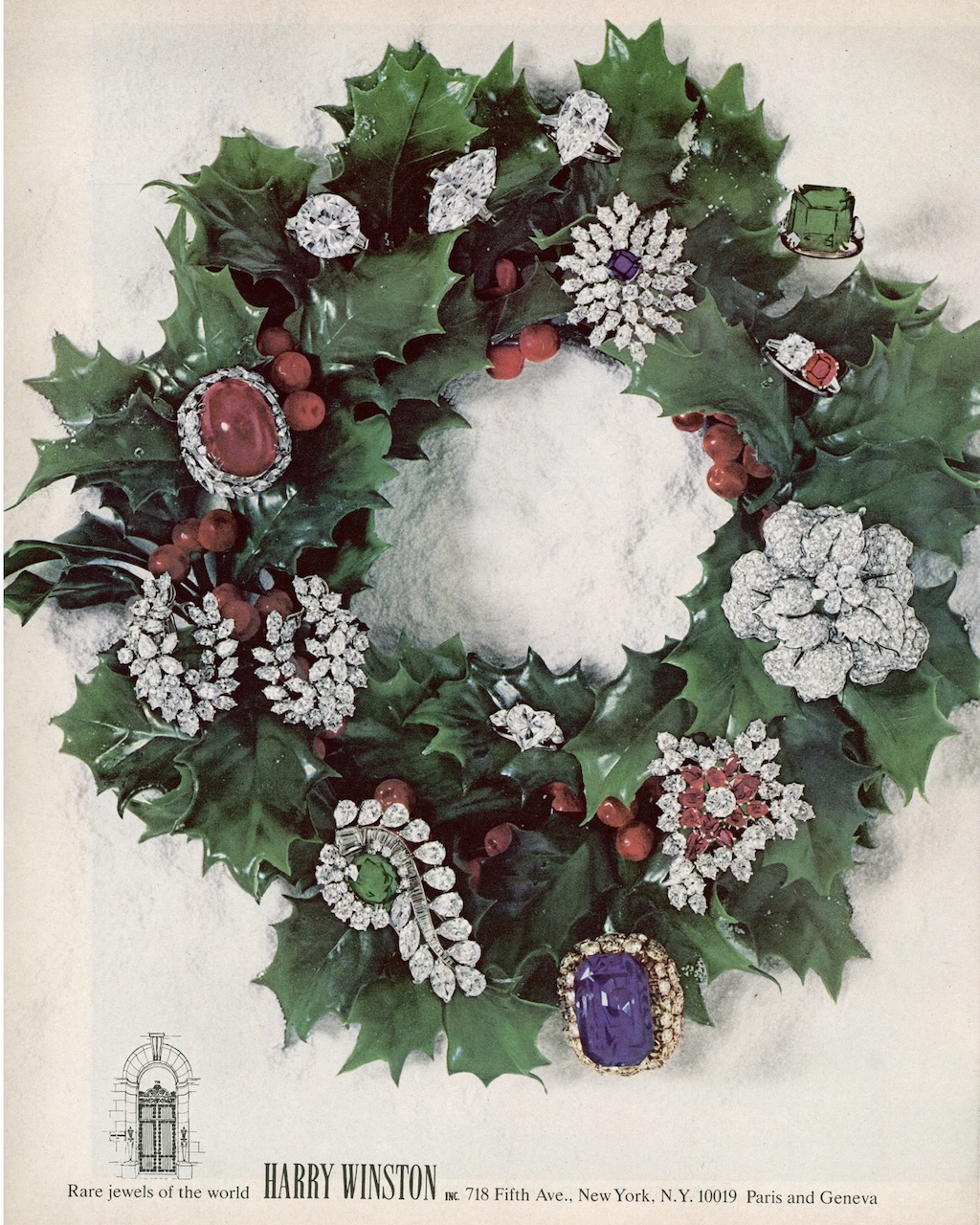
In the 1940s, Winston had an idea that would transform jewelry design forever. One winter night, a holly wreath hanging on his door inspired him. He noticed how the intertwining leaves created a sculptural form. Why couldn’t jewelry be the same?
Working with designer Nevdon Koumrouyan, Winston developed the Winston Cluster. It’s a technique that allows diamonds of varying cuts to be grouped organically into airy, three-dimensional settings. Instead of rigid, symmetrical designs, his jewels seemed alive, capturing light from every angle. From the iconic Wreath Necklace to delicate cluster earrings, the Winston Cluster became and remains the cornerstone of Harry Winston design.
Hollywood Stardom and the Court of Jewels

Winston wasn’t content with private acclaim; he wanted to share diamonds with the world. In 1944, he pioneered the practice of lending jewelry to Hollywood stars for red carpets and award shows. His first muse was actress Jennifer Jones at the Academy Awards, but soon, his diamonds were everywhere. Katharine Hepburn wore the Inquisition Necklace in 1947, and Winston’s creations appeared in iconic films like Alfred Hitchcock’s Notorious (1946) and The Graduate (1967).
Pop culture immortalized him in 1953 when Marilyn Monroe sang the now-iconic lyric in Gentlemen Prefer Blondes: “Talk to me, Harry Winston! Tell me all about it!”
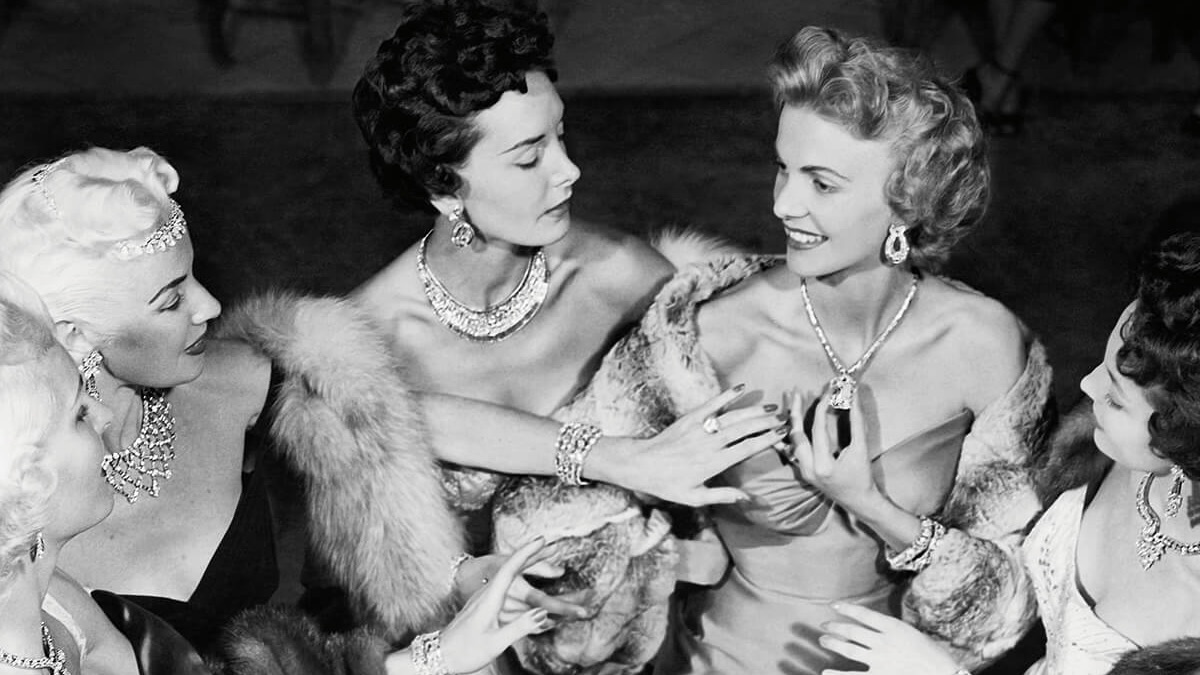
And Winston loved bringing diamonds to the public. In 1949, he launched The Court of Jewels, a traveling exhibition showcasing his most spectacular gems. Touring the U.S. for four years, the exhibition raised funds for local charities and, as Winston put it, “I want the public to know more about precious gems.”
A Gift to the World: The Hope Diamond
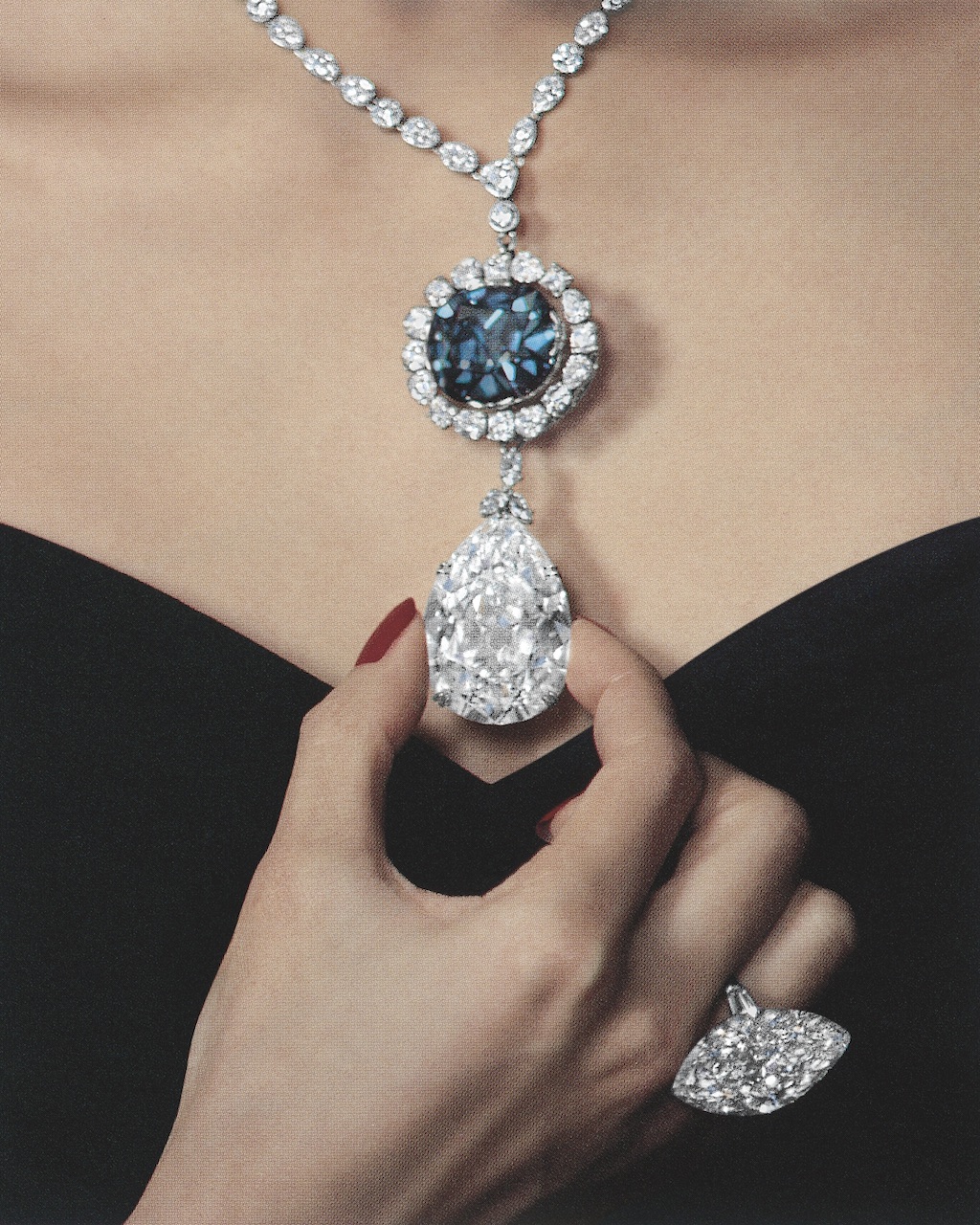
By the 1950s, Winston had become the world’s most famous jeweler. In 1952, Life magazine reported that he owned the second-largest collection of jewels in the world, surpassed only by the British Royal Family.
But Winston’s generosity matched his grandeur. In 1958, he donated the priceless, 45.52-carat Hope Diamond to the Smithsonian Institution. The move helped establish the museum’s National Gem Collection, making one of the world’s most storied gems accessible to everyone. It remains one of the most visited museum exhibitions in the world.
Fifth Avenue Legends and Iconic Diamonds

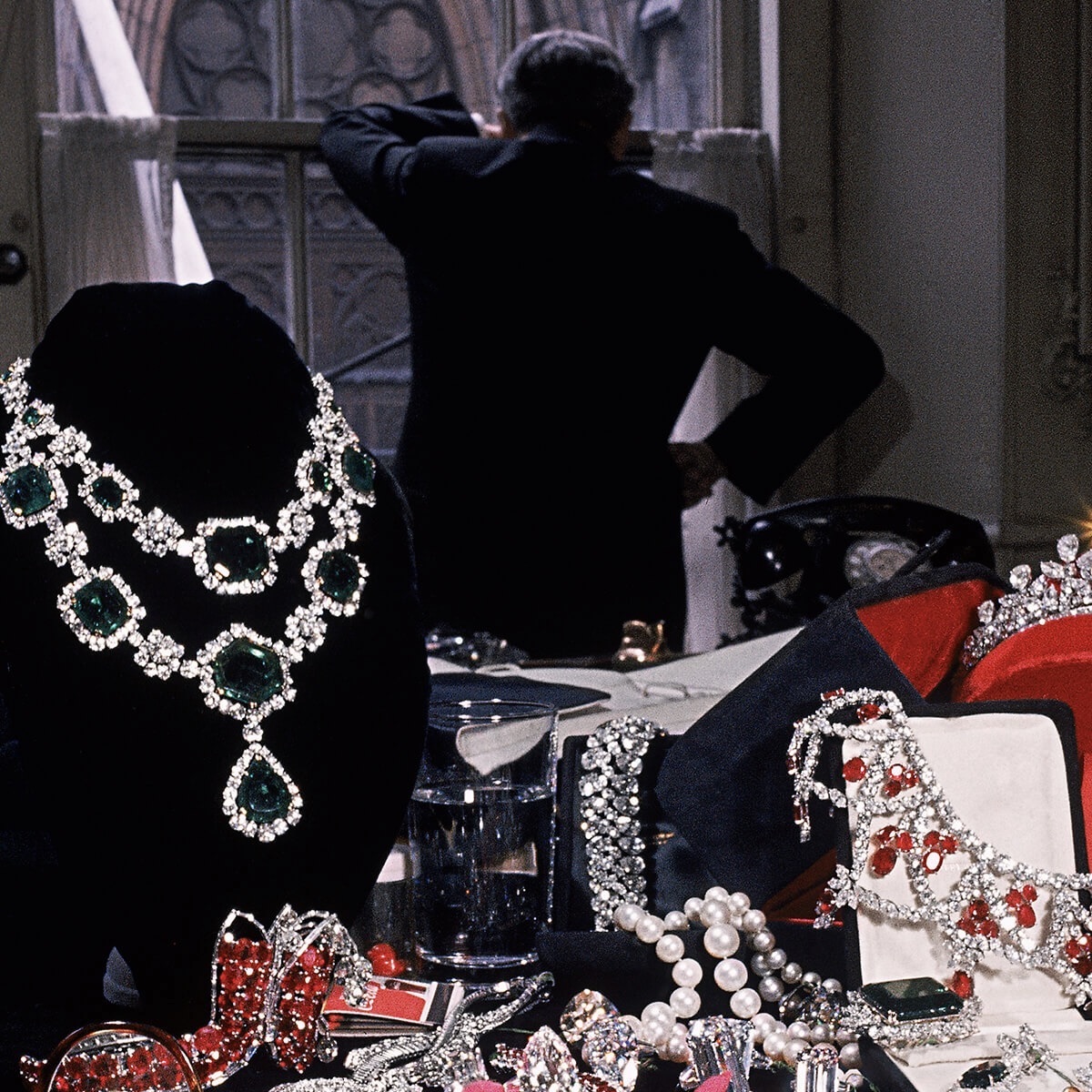
In 1960, Winston moved his headquarters to its current location at 718 Fifth Avenue in what is considered one of the largest and most valuable jewelry transfers in history. Ever meticulous, he personally packed his favorite gems for the five-block journey.
And his acquisitions kept making headlines: In 1966, Winston cut the 241-carat rough that became the legendary 69.42-carat Taylor-Burton Diamond, purchased by Richard Burton for Elizabeth Taylor.
In 1968, in a first-ever move, he televised the cleaving of the 601-carat Lesotho Diamond, producing eighteen extraordinary gems, including a 71.73-carat emerald-cut and a 40.42-carat marquise, which Aristotle Onassis later purchased for Jacqueline Kennedy.
Winston’s ability to source, cut, and showcase the world’s most incredible diamonds was unmatched.
The Lasting Legacy of Harry Winston
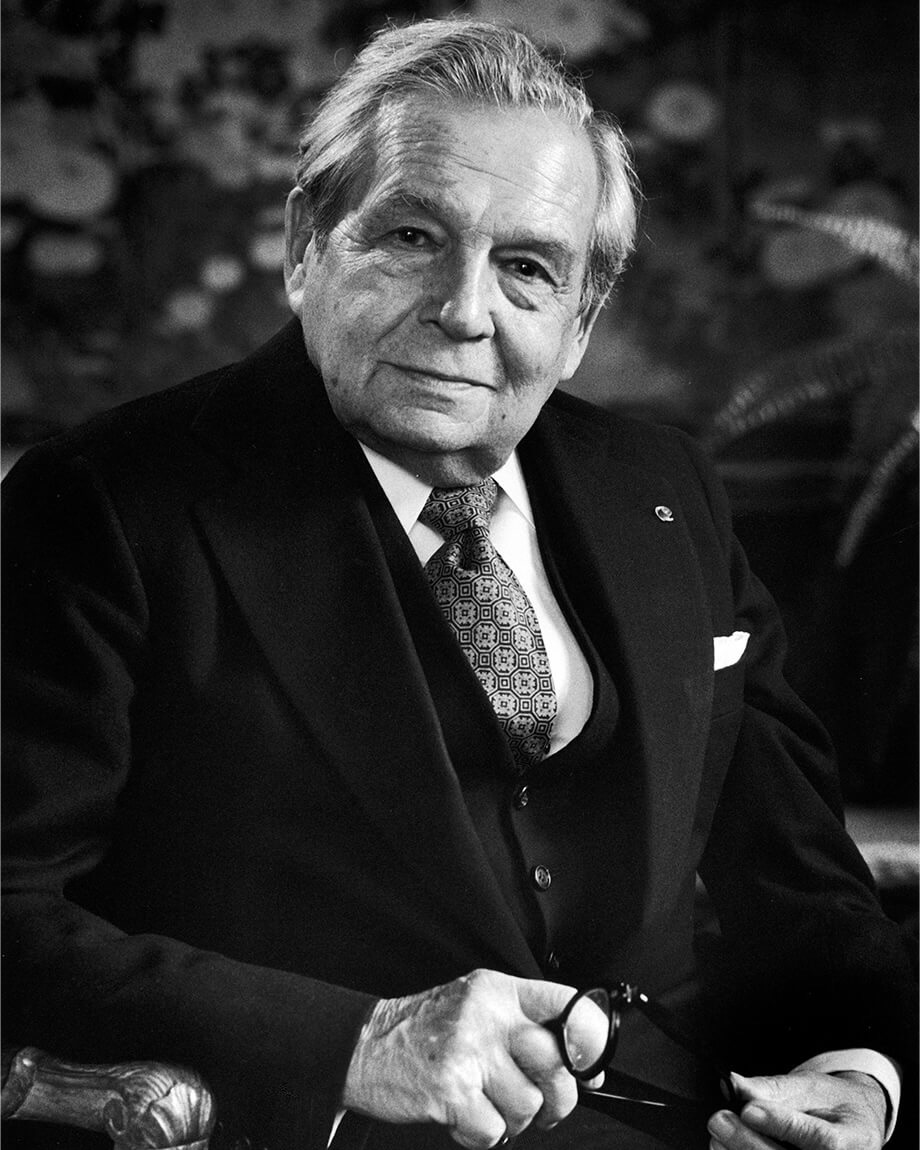
On December 8, 1978, Harry Winston passed away at 82 years old, leaving behind not just a company but a legacy that transformed jewelry forever.
His philosophy—that diamonds, not settings, dictate design—continues to inspire. His designs remain timeless benchmarks of craftsmanship. And more than four decades later, the world still knows his name. When it comes to diamonds, there’s Harry Winston… and then there’s everyone else.
